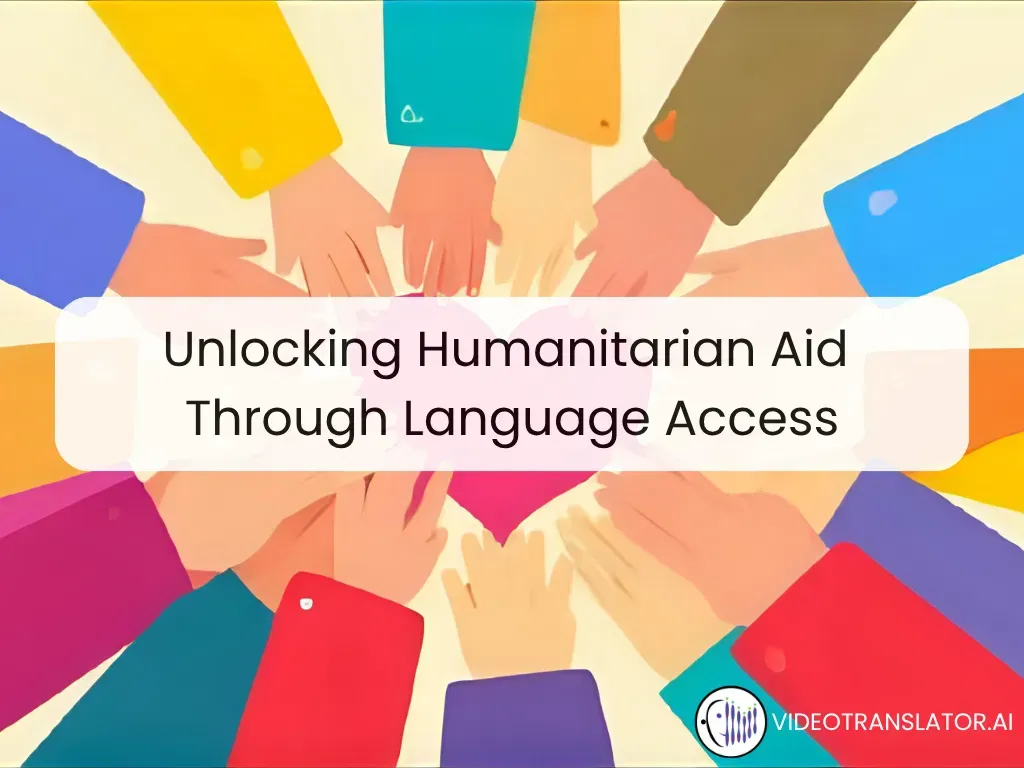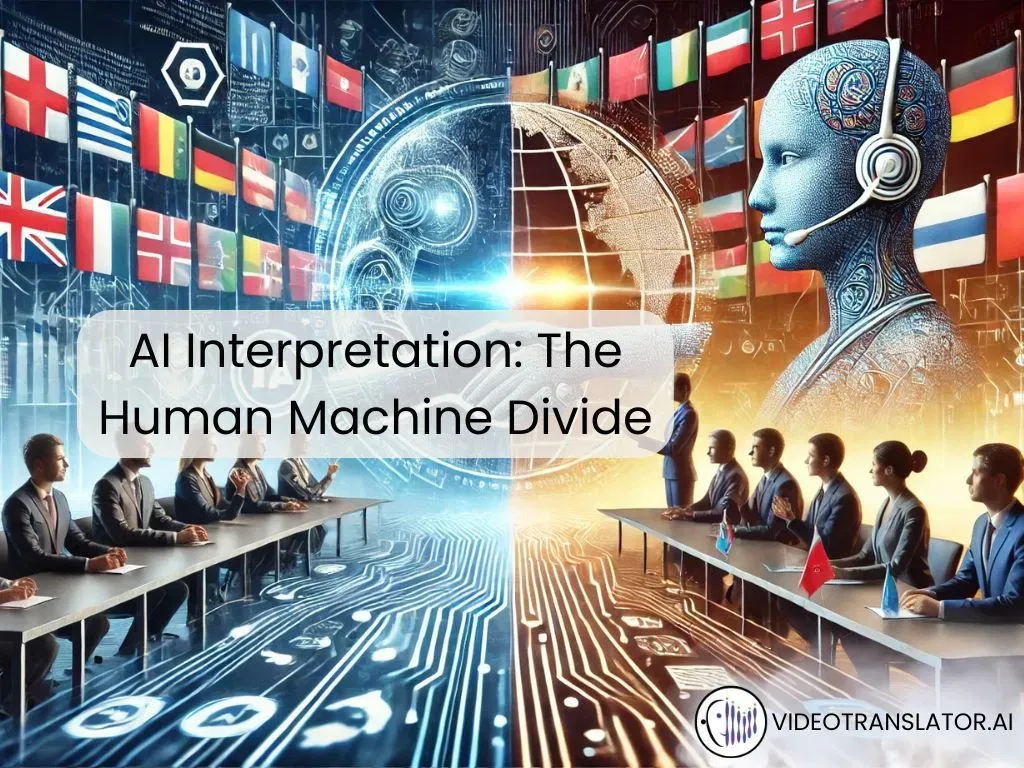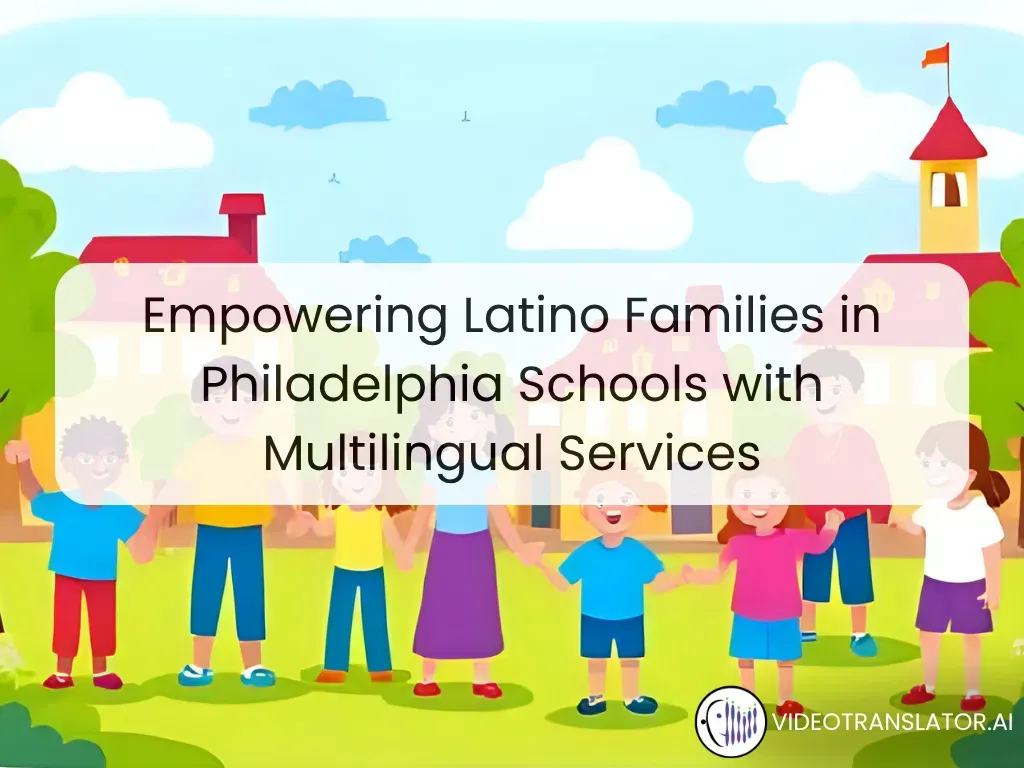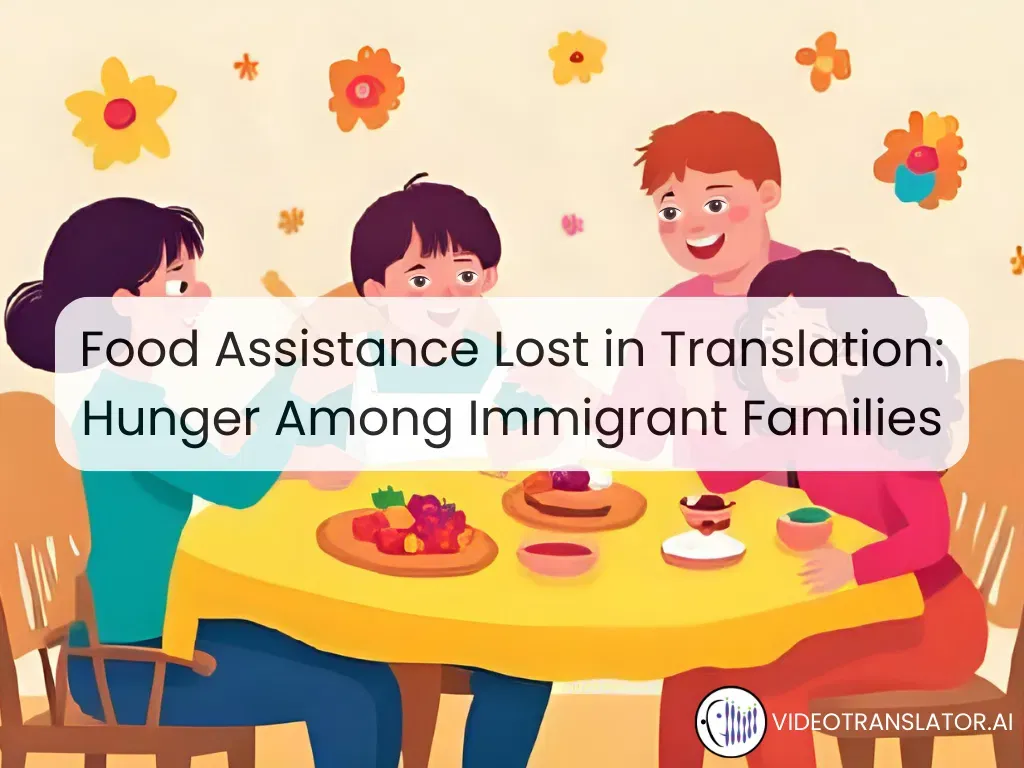Imagine a community in dire need of assistance, where the aid workers arrive with good intentions but lack the language skills to communicate effectively.
Misunderstandings arise, trust erodes, and the very people who need help the most feel isolated and unheard.
This scenario is all too common in the world of humanitarian aid, where language barriers can hinder the delivery of critical support.
How Language Shapes Humanitarian Response
Language is often an overlooked aspect of humanitarian efforts. Despite the noble intentions of NGOs, many aid workers do not speak the local languages of the communities they serve.
Research conducted over three years in collaboration with UK-based NGO INTRAC reveals three significant language-related challenges that NGOs face.
First, language capacity is frequently deprioritised. Officials from the UK’s Department of International Development (DfID) often assume that NGOs have the necessary language skills to communicate with aid recipients.
However, many NGOs lack formal language policies, leaving them to rely on multilingual staff who may not be fluent in local dialects. This can lead to miscommunication, where communities misunderstand the objectives of aid projects.
Second, essential development concepts such as accountability and sustainability often lack direct translations. Aid workers are left to create their own interpretations, which can vary widely and confuse the communities they aim to help. This inconsistency can undermine the very goals of the aid initiatives.
Lastly, these language barriers can exclude certain groups, particularly those speaking indigenous languages without official status, from participating in project design and feedback. This exclusion not only diminishes community trust but also hampers the establishment of respectful relationships between NGOs and the communities they serve.
A Solution in Real-Time: In-Person Meeting Translator
NGOs can leverage innovative solutions like VideoTranslatorAI’s In-Person Meeting Translator to address these pressing challenges. Our tool offers real-time speech translation, enabling aid workers to communicate effectively with community members during face-to-face interactions.
With support for over 120 languages and 24/7 availability, we aim to seamlessly bridge language gaps, ensuring that critical information is conveyed accurately and compassionately.
By using the In-Person Meeting Translator, NGOs can foster an environment of trust and understanding. Aid workers can engage directly with community members, ensuring their voices are heard and their needs are met.
Our technology not only enhances communication but also empowers communities to participate actively in the aid process.
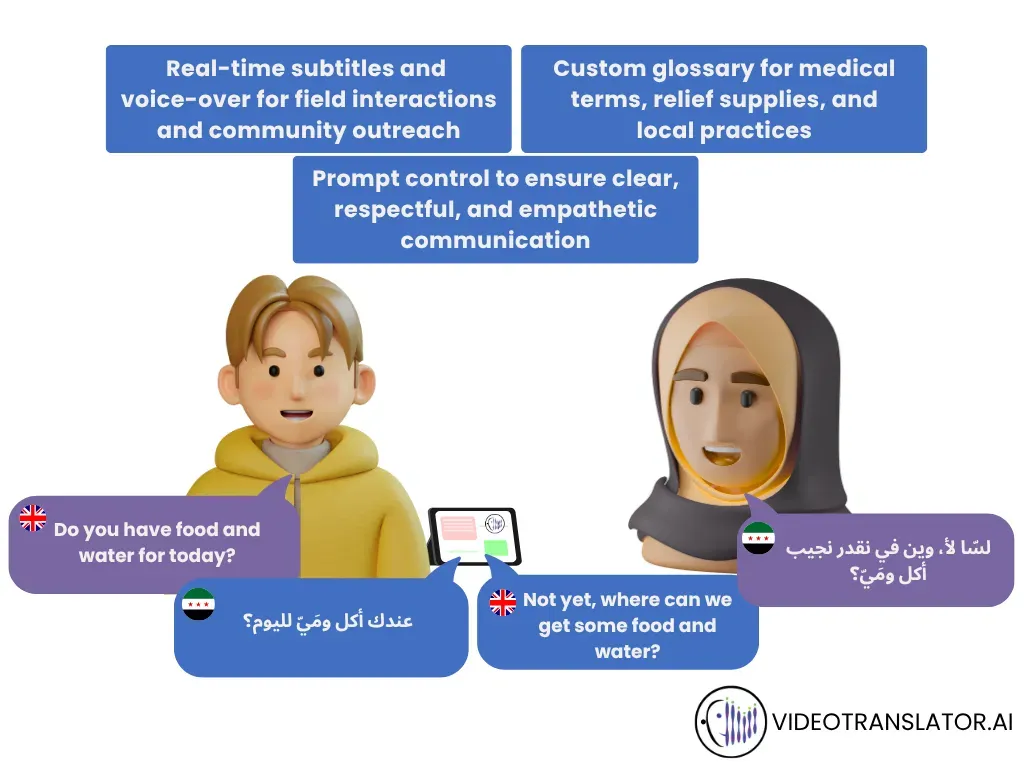
The Ripple Effect: Building Trust and Accessibility
Implementing multilingual solutions like VideoTranslatorAI’s In-Person Meeting Translator can have profound impacts on humanitarian efforts.
When communities feel understood, they are more likely to engage with aid initiatives, leading to increased participation and collaboration. This, in turn, strengthens the trust between NGOs and the communities they serve, creating a foundation for sustainable development.
Moreover, by prioritising language accessibility, NGOs can ensure that even the most marginalised groups are included in the conversation. This inclusivity not only aligns with the ethical standards of humanitarian work but also enhances the effectiveness of aid delivery.
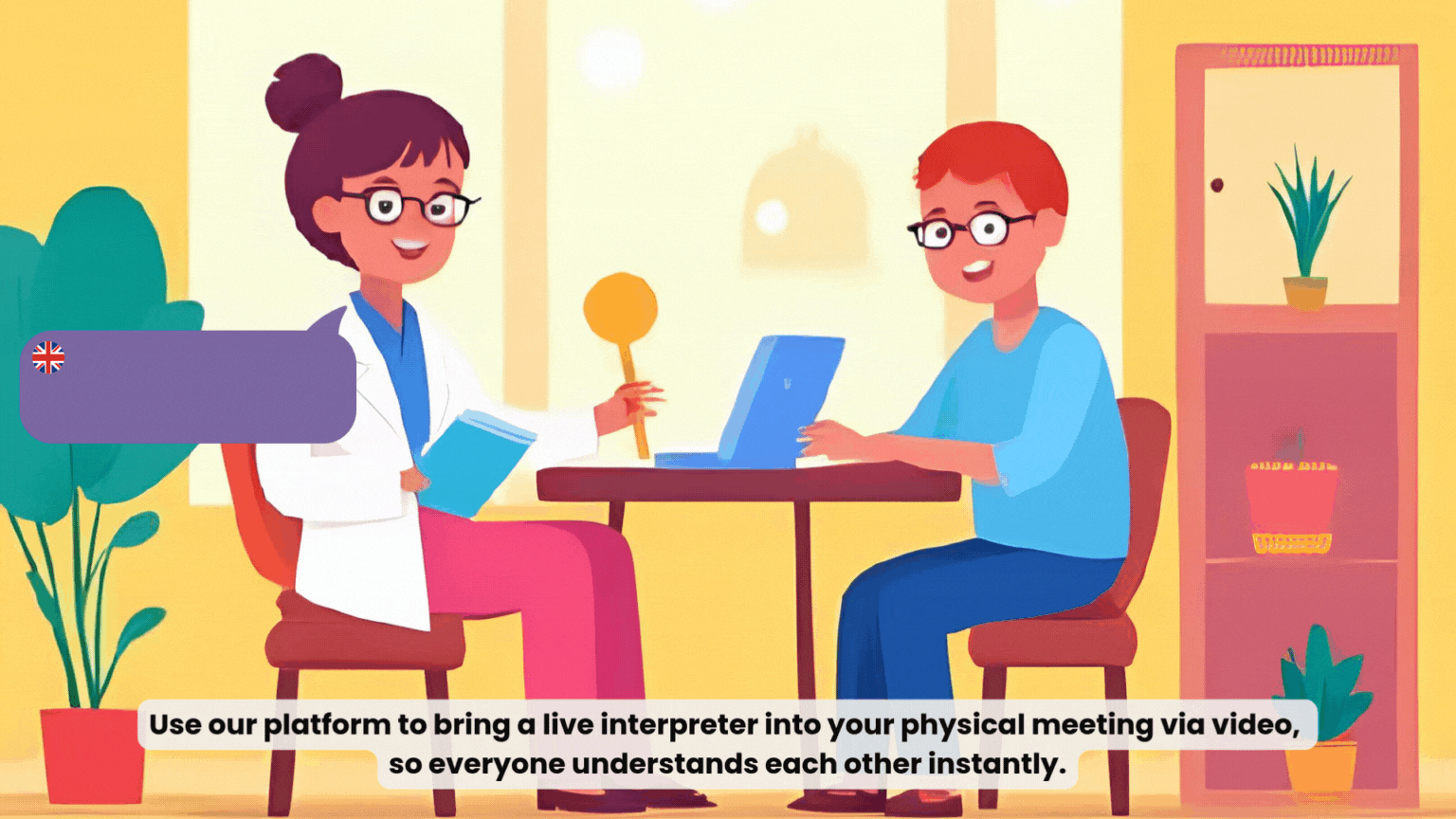
A Call for Change: Why Language Diversity Must Lead Humanitarian Change
The challenges posed by language barriers in humanitarian aid are significant, but they are not insurmountable. As the sector grapples with the lessons learned from past scandals, it is crucial for NGOs to prioritise language as a key consideration in their operations. By embracing multilingual solutions and fostering inclusive communication, the aid sector can truly empower communities and create lasting change.
If you’d like to explore how language technology can enhance your humanitarian efforts, connect with us. Together, we can break down barriers and build stronger, more connected communities.
